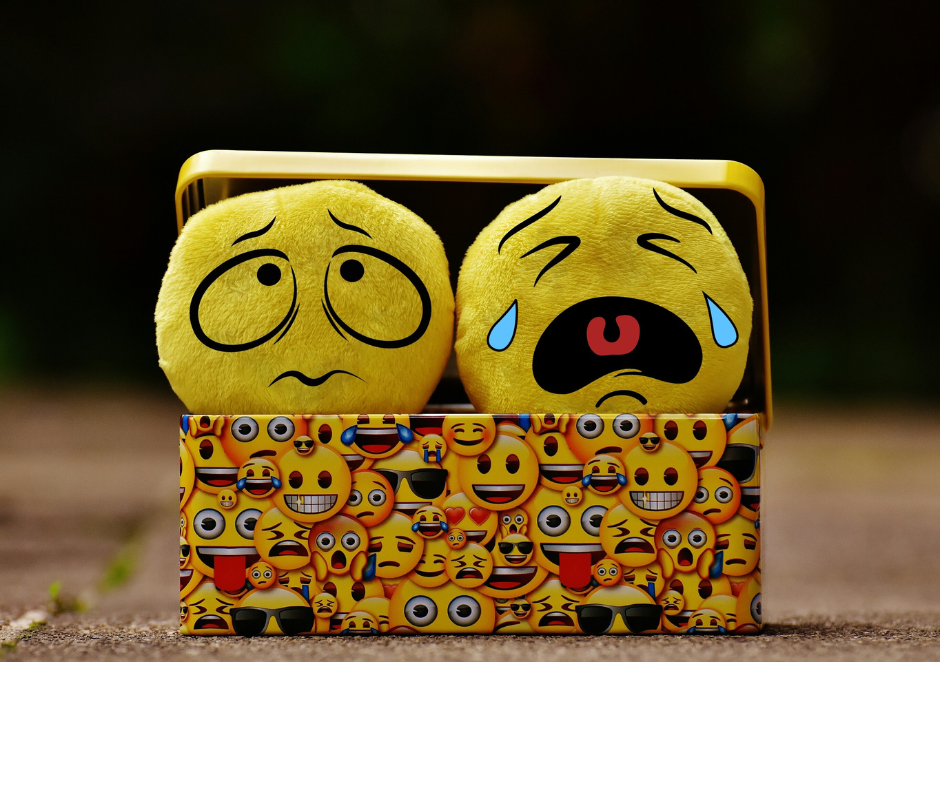Resilience, Encouragement, and Knowing When to Let Go
- Really Tired

- Feb 27
- 5 min read
Updated: Jun 14

I’ve had a few conversations lately about where the line is between encouraging a child to try something and pushing them too far. And honestly? It’s something I’m still figuring out.
For us, the difference can be subtle, and what works one day might backfire the next.
I’m not an expert, just a parent muddling through like everyone else. But if there’s one thing I’ve learned raising a PDA (Pathological Demand Avoidance) child and a sibling with completely different needs, it’s that resilience doesn’t come from forcing things, it comes from feeling safe enough to try again later.
And today, that lesson played out in real-time.
The Plan: A Perfect Day in Nature (Or So I Thought)
I humble bragged that we were heading off for a homeschool adventure—swimming in a river by a waterfall, surrounded by nature. Glorious, right? Karma had other plans.
The outing involved a new place with new people which, for a PDA child like Cheese can be challenging. He wasn’t overly keen, so before we left, I made it clear:
“If you don’t like it when we get there, we can go straight home.”
I wanted him to feel in control, no pressure, no being forced into something he couldn’t escape. I reminded him that if he didn’t like it when we arrived, we’d leave. That safety net made all the difference. And since new experiences can be draining, I framed the day as something familiar: a drive, time in nature, and a stop for ice cream on the way home. Something simple and predictable to anchor the uncertainty.
And with that, we set off on our 40-minute drive, on a beautiful sunny day, all going well.
Reality Hits: When the Plan Falls Apart
We arrived.
And Cheese was car sick. Pale, queasy, convinced he was about to throw up.
I suggested a walk in the fresh air to see if it helped. He agreed. Small win. But as more people started arriving, he was still feeling rough. Then came the words I knew were coming:
“I want to go home.”
Now we had a problem, because Chalk really wanted to stay. There were other kids, it looked fun, and we’d just driven 40 minutes to get here.
I could feel that moment. The temptation to push, to encourage just a little more, to convince Cheese to stay. But I had already told him he had a choice. If I went back on that now, I’d break the trust.
Instead, we had a conversation.
✔️ We acknowledged that it did look fun.
✔️ We talked about how it wouldn’t feel fun if you were sick.
✔️ We recognised that Chalk had valid disappointment, and that was okay.
And in the end, we left. Chalk wasn’t thrilled, but we made a plan to try again next time, with carsick tablets handy.
And just in case there was any doubt that Cheese was actually sick and not just overwhelmed? He didn't want the ice cream. That alone told me everything, because not much gets in the way of Cheese and ice cream!
Bribe vs. Incentive: What’s the Difference?
Now, about that ice cream.
I’ve seen a lot of debate about whether offering a reward is a bribe or an incentive, and the difference for us is the intent and how it’s framed:
Bribe: “If you do this, I’ll give you ice cream.”
Incentive: “Since we’re going out, let’s grab an ice cream on the way back.”
One is a bargaining tool to control behaviour. The other is a low-pressure addition that makes an experience more enjoyable.
With Cheese, bribes backfire hard. He senses the external control and resists, even if he actually wants the reward. Incentives work better when they’re just part of the plan, not the reason for doing something.
The Contrast: School Can’t, But They’ll Tell You It Can
If this exact situation had happened at school? I would have been told to push through.
I can’t count the number of times I was told to be persistent and consistent. To just get him there no matter what. That if I gave him an "out," it would reinforce avoidance. That anxiety should be met with exposure, not escape.
And I believed it.
I trusted the professionals who told me that if I gave in, it would make things worse. That resilience came from pushing through.
So I did what they told me. I pushed. I insisted. I tried to get Cheese into the car for school. Some days, he resisted but eventually got in. Other days, he completely lost it, refusing to get out of the car once we arrived. Kicking, screaming and overwhelmed. I told myself he just needed to get there. That once he was inside, he’d adjust. That eventually, it would get easier.
It didn’t.
It got worse. So much worse.
And I still feel a deep regret about that. That I listened to them instead of my child. But at the time, I believed I was doing the right thing. I trusted the professionals who told me that if I gave in, it would make things worse. That resilience came from pushing through.
That’s not resilience. That’s trauma.
What Actually Motivates Kids Like Cheese?
One of the biggest lessons we’ve learned is that motivation matters just as much as resilience. If a child isn’t internally motivated, all the encouragement in the world won’t work and pushing will only make things worse.
For Cheese, autonomy is key. He was open to trying the trip because:
✅ He had control – I told him we could leave anytime.
✅ He had a reason – Water and nature are his happy places.
✅ He had something familiar – Ice cream afterward wasn’t a bribe, but a comforting routine.
Now, contrast that with school, where motivation is often external and forced:
❌ Attendance rewards, stickers, and certificates – meaningless to kids who are struggling.
❌ "Just get them there" mentality – pressure without considering what motivates the child.
❌ Punishment for non-compliance – further crushing any willingness to engage.
The difference? One approach respects the child’s needs and autonomy.
The other prioritises control.
A wise friend once told me, if you can't find a way, there's always another way.
That reminder—there’s always another way—shifts our focus from forcing things to finding what works in the moment. Over the years, we’ve learned (mostly through trial and error) when to encourage, when to step back, and how to balance competing needs.
For us, it comes down to this:
✔️ Encouragement works best when it’s safe, supported, and on their terms.
✔️ Pushing too far leads to shutdown, distress, and avoidance next time.
✔️ There’s always another chance—when they’re ready.
Redefining Resilience
Resilience isn’t about enduring distress at all costs. It’s about feeling safe enough to try again when ready. True resilience grows in environments that respect autonomy, provide safety, and reduce stressors—not in those that demand compliance without understanding.
When children feel supported, trusted, and in control, they develop the capacity to navigate challenges. Not through force, but through confidence—confidence that they can step forward, in their own time, in their own way.
I’d love to hear how others navigate this. Where do you draw the line between encouragement and pushing? Have you had moments where you realised something was too much?
Thanks for reading.
I’m not here with all the answers, just sharing the messy middle as we figure it out.
If this topic resonated, here are a few more stories, reflections, and hard earned lessons you might like:







Comments